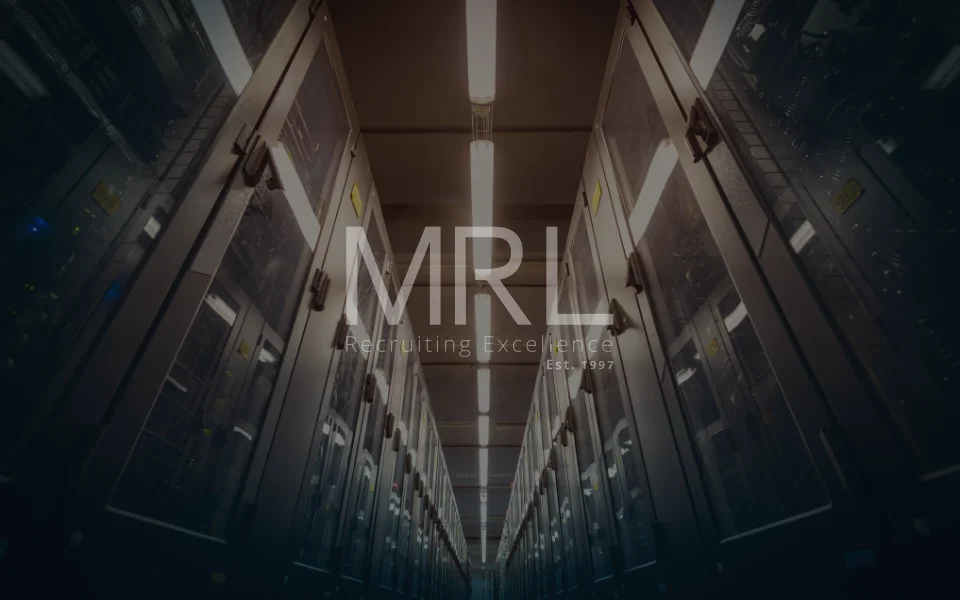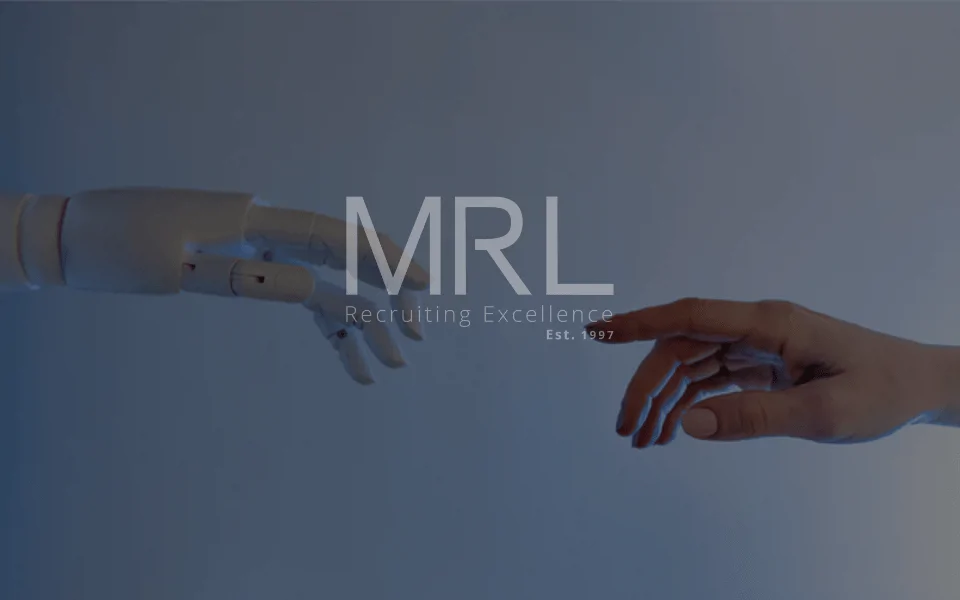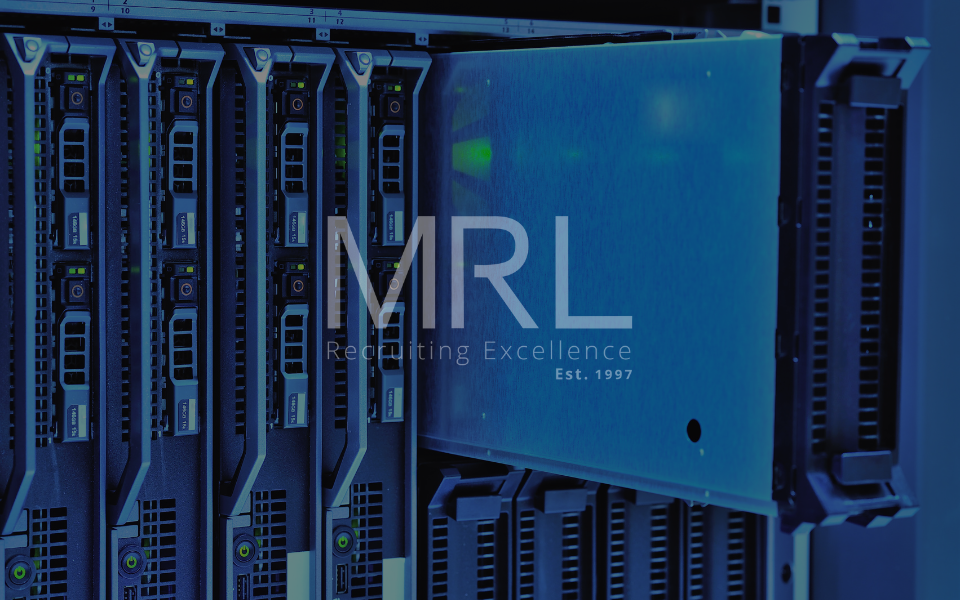The top 5 ways the Data Centre industry will change in 2026
16 Nov, 20255 minutesThe data centre industry is already under immense pressure. By 2026, that pressure will inte...

The data centre industry is already under immense pressure. By 2026, that pressure will intensify as AI workloads, sustainability regulation, security expectations and new deployment models collide.
But what is applying the pressure? And what will the industry look like in 12 months time?
1. AI supercomputing will redefine data centre design
AI is no longer a niche workload; it is becoming the primary driver of new data centre investment. Citigroup estimates AI-related infrastructure spend could reach around $490 billion as early as 2026, as hyperscalers and enterprises race to deploy AI capabilities at scale. Recent market analysis suggests global data centre infrastructure spending could pass $1 trillion annually by 2030, with AI the single biggest catalyst.
This shift is changing the physical fabric of data centres. High-density racks packed with GPUs and specialised accelerators require far more power and cooling than traditional CPU-centric estates. Industry reports now forecast that AI-focused data centres could drive electricity demand increases of more than 100% over the next few years, with some estimates pointing to a 165% surge in power consumption from AI data centres alone.
By 2026, we should expect liquid cooling, direct-to-chip solutions and immersion systems to move from “nice to have” to standard in AI-heavy facilities. Trend analyses of 2026 data centre designs already highlight advanced cooling and power distribution as core differentiators, not technical afterthoughts. For employers, that means intensifying demand for engineers and operations leaders who understand both AI workloads and the specialised infrastructure that underpins them.
2. Power, sustainability and regulation will become board-level constraints
Energy availability is quickly becoming the limiting factor for new capacity. The International Energy Agency estimates data centres already consume roughly 415 TWh of electricity annually, around 1.5% of global demand, and that consumption has grown by about 12% per year in recent years. Separate analyses warn that energy demand from AI-oriented data centres alone could more than double, or even quadruple, by 2030 if left unchecked.
Regulators are reacting. In Europe, the revised Energy Efficiency Directive (EED) now requires data centres above 500 kW IT load to report detailed energy and sustainability metrics, including Power Usage Effectiveness and waste-heat data. A dedicated EU Data Centre Energy Efficiency Package is expected in 2026, alongside a broader digitalisation and AI roadmap, with the explicit goal of carbon-neutral data centres by 2030.
By 2026, location decisions will increasingly be driven by grid capacity, access to renewables and regulatory incentives, not only by connectivity. North American market outlooks already describe a “reset” in site selection, with developers pursuing rural campuses, on-site generation and microgrids to secure power for AI-driven growth. This will intensify demand for professionals with experience at the intersection of energy markets, sustainability reporting and data centre operations.
3. Architectures will go local, edge and sovereign
The industry is moving away from a pure hyperscale-hub model towards a distributed, localised footprint. As AI inference, industrial IoT and real-time analytics spread, organisations need low-latency compute closer to users, factories and cities. Recent research suggests the edge IT and data centre market could more than double between 2020 and 2026, reaching hundreds of billions of dollars globally.
For AI specifically, many providers now argue that the “real battleground” is running inference at the edge, not just training models in centralised cloud regions. At the same time, governments are tightening data-residency and sovereignty rules, particularly around health data, critical national infrastructure and AI-generated records. UK parliamentary briefings and EU guidance already highlight the need for sector-specific and sovereign data centre capacity to support these requirements.
By 2026, more enterprises will be deploying smaller, highly connected local data centres – either on-premises or in metro-edge facilities – to keep sensitive or latency-critical workloads nearby, while still integrating with hyperscale and colocation environments. This implies growing demand for network architects, edge-infrastructure specialists and regional operations teams who can manage complex, distributed estates rather than a single “big box” facility.
4. Colocation, build-to-suit and hybrid models will dominate enterprise strategy
For most organisations, building and operating a large-scale data centre entirely in-house is no longer economically or operationally attractive. Gartner has previously predicted that around 80% of enterprises will shut down traditional on-site data centres in favour of more flexible options such as colocation by the mid-2020s. Recent market forecasts suggest the global colocation market could exceed USD 330 billion by 2035, reflecting this structural shift. PR Newswire+1
At the same time, AI is pushing enterprises towards more bespoke infrastructure arrangements. Surveys of AI-adopting organisations show a clear move from “cloud-only” towards hybrid infrastructures: many plan geographic expansion of their AI estates while simultaneously adding colocation and privately controlled capacity to deal with cost, performance and data-sovereignty constraints.
By 2026, the default enterprise approach is likely to be a mix of public cloud, regional colocation, and build-to-suit or on-campus facilities for the most demanding workloads. This will reshape the commercial landscape, with strong demand for professionals experienced in vendor selection, contract negotiation, migration planning and ongoing vendor management – alongside traditional facilities, network and security skills.
5. Security, privacy and governance will be built into the rack
Finally, security and governance expectations around data centre infrastructure will intensify sharply by 2026, driven in large part by AI. As more sensitive training data, proprietary models and safety-critical inference workloads move into data centres, boards and regulators will expect end-to-end assurance that infrastructure is secure, auditable and compliant. Analyst outlooks for 2026 already highlight AI-related cyber-risks – from model theft to AI-enabled attacks – as top priorities for technology leaders.
In parallel, energy and sustainability regulation will increasingly intertwine with security and operational resilience. EU rules, for example, link mandatory energy-efficiency reporting with broader requirements around resilience and risk management, effectively making sustainability data part of the governance stack that must be protected and reported consistently.
By 2026, we can expect more data centres to embed hardware-rooted security, confidential-computing capabilities and stricter physical-access controls, alongside enhanced monitoring of AI workloads themselves. Operators will need teams that combine classic physical and cyber-security expertise with knowledge of regulatory frameworks, AI governance and incident response in highly automated environments.
As AI reshapes infrastructure, power becomes a strategic resource, and regulation tightens, the data centre industry will look very different by 2026. For organisations, this means re-thinking where and how they deploy compute. For talent, it means growing opportunities at the intersection of AI, sustainability, energy markets, security and complex hybrid architectures.





